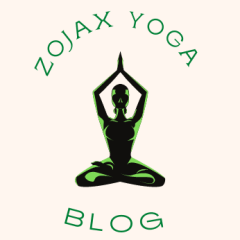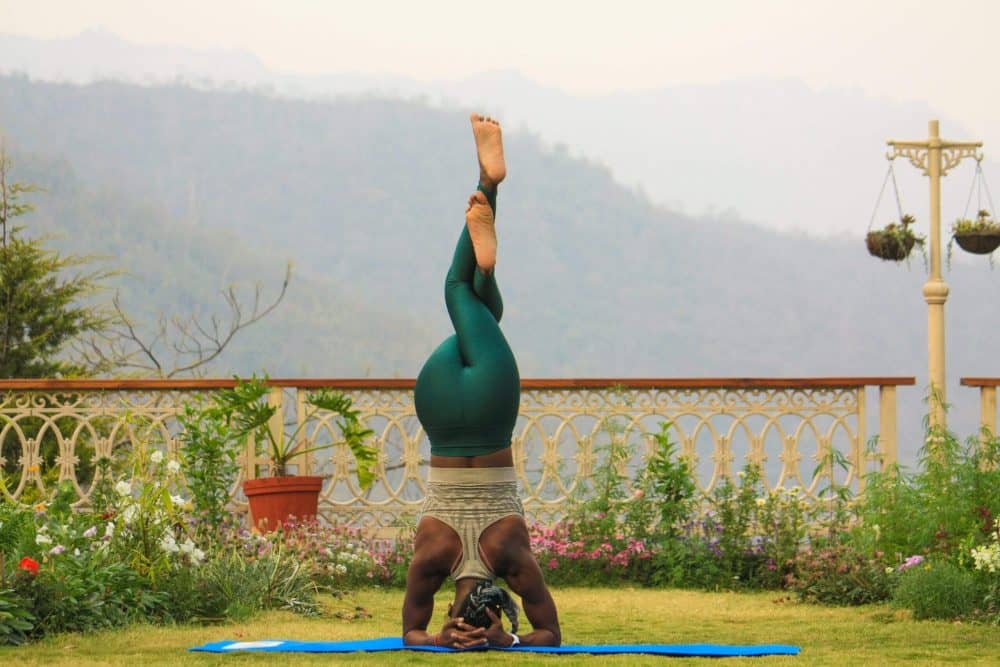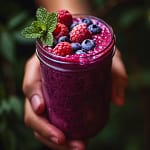Hatha Yoga
Hatha Yoga is, as described in the yoga scriptures, originally a process that includes body exercises (asanas), breath and prana exercises (pranayama), locking exercises (bandha), yoga seal exercises (mudra) and withdrawal exercises, body purification exercises and nadis (shat-karma kriya), and working with the energy body (chakras and nadis). So Hatha yoga actually includes all kinds of performing these practices and styles, both traditional and modern versions.
[lwptoc min=”8″]
Hatha Yoga is also defined as a sequence of yoga pose practices (asanas) that follows a precise style and order of executing yoga poses.
Sun Salutations, Surya Namaskara, and a small number of asanas in which one stays for a long time are all part of this classic, old technique.
There are a large number of asanas, over 1000 of them known to the great masters of yoga, but they recommend that we pay the most attention to the main poses (and their variations) in which it is necessary to stay longer.
These are the 12 basic asanas, according to Swami Sivananda’s teachings:

Photo by mali maeder from Pexels:
- Sirshasana – Headstand pose
- Sarvangasana – Shoulder Stand pose
- Halasana –Plow Pose
- Matsyasana – Fish Pose
- Pachimottanasana –Seated Forward Bend
- Bhujangasana –Cobra pose
- Shalabasana –Loctus pose
- Dhanurasana – Bow pose
- Ardha matsyendrasana – Half Lord of the Fishes Pose
- Kakasana ili Mayurasana – Crow or Peacock pose
- Padahastasana – Hand Under Foot Pose
- Trikonasana – Triangle pose
The legendary yogi Sri Dharma Mittra from New York gives special importance to these asanas:
- Sirshasana – Headstand pose
- Sarvangasana – Shoulder Stand pose
- Halasana –Plow Pose
- Matsyasana – Fish Pose
- Pachimottanasana –Seated Forward Bend
- Bhujangasana –Cobra pose
- Dhanurasana – Bow pose
- Ardha matsyendrasana – Half Lord of the Fishes Pose
- Kakasana ili Mayurasana – Crow or Peacock pose
- Padahastasana – Hand Under Foot Pose
- Maha mudra- Great Gesture
- Savasana – Corpse pose
Hatha Yoga is suitable for those who want to experience yoga practice in a simpler and more passive way. She stays in yoga positions for over 20 breaths, sometimes for a few minutes, which makes her different from modern Vinyasa yoga practices.
Hatha yoga is ideal for people seeking a meditative experience, as well as those seeking depth, tranquility, and fewer manual corrections from the teacher (except when necessary)
What is Vinyasa Yoga, and how does it differ from other types of yoga?
When defining Vinyasa practice, it’s important to first define Vinyasa and Vinyasa practice as a yoga style. Vinyasa means “to connect something in an intelligent sequence with a specific goal and intention,” according to the definition. It can refer to a variety of things in yoga practice, including:
Asana as a warm-up sequence, a dynamic practice that encourages body and joint warming and better cleansing by connecting certain groups of yoga poses through transitions between them, bringing the body into a neutral position, and therefore creating a yoga class with a beginning, middle, and end (e.g., the beginning of the class goes from the bottom of the triangle upwards with slight relaxation, warming up, the top of the triangle or clock are the most demanding poses or dynamics of the clock).

Connecting various groupings of practices in a specific order (for example, asana practice, then pranayama, pratyahara, then meditation or any other aspect).
The ancient Sun Salutation (Surya Namaskar), which has remained virtually unmodified over the years, was the first Vinyasa series devised by great yogis in history. We can find a lot of little mysteries about vinyasa practice by performing it. Vinyasa Yoga, as a method of executing yoga poses, is now commonly used to refer to a variety of current techniques. The majority of them are derived from Ashtanga Vinyasa Yoga, which is one of the most well-known vinyasa practices. Many Westerners are drawn to it because it is a lively and hard discipline.
Power Yoga
In the mid-1990s, students of Ashtanga Vinyasa yoga teacher Sri K. Pattabhi Joisa sought to apply his teaching to students in the West (mostly in America).The first is Power Yoga, which was founded by New Yorkers Beryl Bender Birch and Bryan Kest.
The name “Power” was used to emphasize that yoga is more than just a gentle stretch; it is also a vigorous and dynamic workout. They modified some Ashtanga Vinyasa sequences to make them more acceptable in the Western culture. They created their own vinyasa sequences, and their popularity exploded in America in a short period of time, eventually spreading around the world.
Power Yoga is developed from Power Vinyasa Yoga, which incorporates the most powerful aspects of Ashtang and Iyengar yoga. It promotes a more creative and free approach while still sticking to the Ashtanga Vinyasa yoga sequence. Other asanas have been added to the Sun Salutation, and there are many more warrior poses that these other asanas lead to; the poses are held for 5 breaths.In addition, many Vinyasa yoga styles are developed.
Vinyasa Flow was one of the first, and Slow Flow was the other.Vinyasa flow is a gentler form of Power Vinyasa yoga designed for intermediate students.The focus is on fluidly connecting less demanding yoga poses that hold up to 5 breaths.
Slow Flow is an even simpler version with a lighter and slower pace where it prepares for more advanced watches or is for those who want a relaxing atmosphere and a slower pace.Vinyasa Yoga allows teachers to construct their own personal sequences of yoga poses and transitions between them, which is why there are so many kinds of yoga today that may be classified as Vinyasa yoga.
The teacher creates a clever set of exercises with a certain goal in mind, such as focusing on forward inclinations, balance postures, and creating specific energy effects, and so on.
Some of the world’s most famous Vinyasa yoga teachers are Seane Corn, Shiva Rea, Jivamukti yoga, Erich Schiffmann, Baron Baptist, Rodney Yee, Cindy Lee, Mark Giubarelli and many others, each with their own unique variation and name of yoga. Although there are many names for Vinyasa yoga today, and it is difficult to list them all, the majority of them follow Ashtanga Vinyasa yoga’s basic sequence of hours and Sun Salutations.
Hatha Vinyasa Yoga is distinct from Vinyasa yoga in that it is performed prior to the Hatha yoga sequence and includes a dynamic vinyasa series in standing asanas.There are also several major asanas that are performed in a different order in Hath and Vinyasa yoga. For example, head, shoulder, plow, and fish positions, performed in a continuous sequence, are performed on the Ashtanga Vinyas model and placed before the end of the hour in Vinyasa yoga, whereas Hatha Vinyasa and Hatha yoga are placed in the center of the clock in Hatha Vinyasa and Hatha yoga (as at the top of the triangle). Vinyasa is for individuals who desire to move at a faster tempo and complete more asanas in one hour.
Dharma Yoga
Dharma Yoga is one of the practices known today, named after the legendary yoga teacher Sri Dharma Mittri, who teaches traditional Hatha yoga but with a great sense of adaptation to Western students.
He teaches traditional Hatha yoga and with it Vinyasa sequences through five series, from gentlemen and beginners to advanced, which unites Hatha and Vinyasa (Hatha Vinyasa Yoga). This allows students to have the breadth of performing yoga practice, and to choose the best for themselves and their students.
More for read:
Hatha or Vinyasa Yoga: Which One Is Right for You? by Healthline




